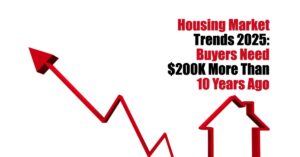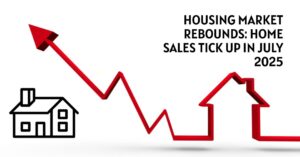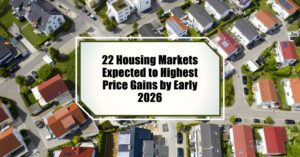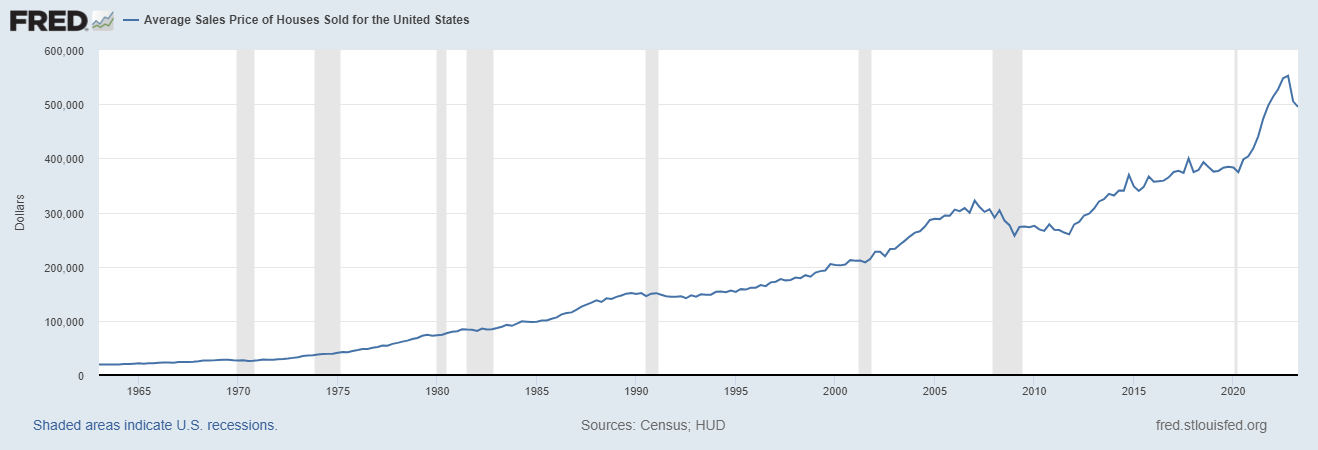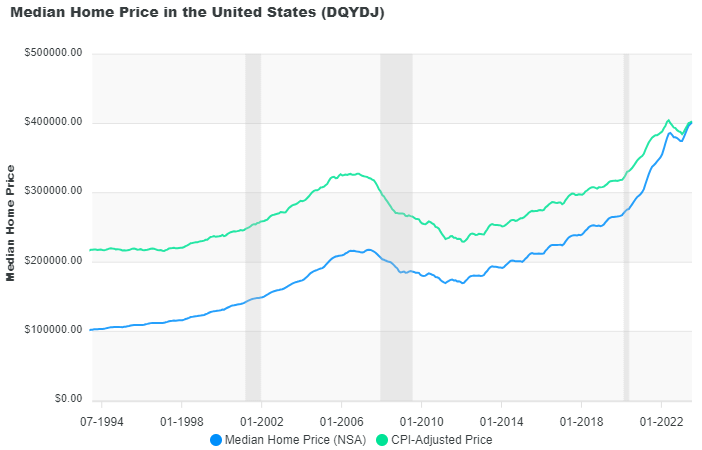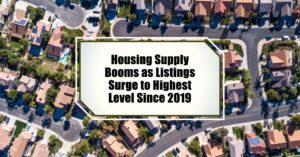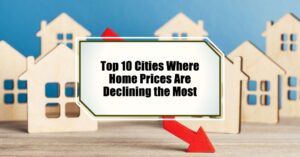Tired of hearing about sky-high housing prices? Well, there's good news! Pandemic boomtowns are leading the way in housing price cuts in 2025. According to Zillow, a whopping 26.6% of for-sale listings saw a price reduction this June, signaling a shift in the real estate market and potentially giving buyers a much-needed advantage.
Housing Market Shifts With Pandemic Boomtowns Leading in Price Drops
Why Are We Seeing Price Cuts Now?
Remember the frenzy of the pandemic? Everyone seemed to be moving. Remote work became the norm, and people flocked to cities offering more space, sunshine, and a lower cost of living. These “boomtowns” experienced rapid growth, driving up housing prices to dizzying heights.
However, as things normalize, the tide is turning. Several factors are contributing to this change:
- Slowing Population Growth: The initial surge of people moving to these boomtowns is slowing down. The demand isn't as intense as it once was.
- Affordability Ceilings: Let's face it, even with more space and sunshine, there's a limit to what people can afford. Rising mortgage rates and overall inflation are forcing many potential buyers to stay on the sidelines.
- Increasing Inventory: The number of homes for sale is finally starting to rise. Suddenly, sellers are faced with competition, and they need to make their properties more attractive to buyers.
Where Are Prices Being Cut the Most?
According to recent data from Zillow, here's where you're most likely to find sellers slashing their prices:
- Denver (38.3%)
- Raleigh (36.4%)
- Dallas (35.5%)
- Nashville (35.5%)
- Phoenix (35.5%)
Notice a pattern? These are all cities that experienced explosive growth during the pandemic. Now, they're adjusting to a more balanced market.
Are All Cities Seeing Declining Prices?
Not at all. Some markets are still relatively insulated from these price cuts. Cities with limited inventory and strong local economies are holding up better. These include:
- Milwaukee (13.9%)
- New York (15.6%)
- Hartford (16.0%)
- Buffalo (18.3%)
- San Jose (22.1%)
In these areas, competition remains fierce because the supply of homes can't keep up with demand.
Which Cities Saw the Biggest Jump in Price Cuts?
Keep an eye on these metros, as they may be cooling down quickly:
- Kansas City (+5 percentage points)
- Buffalo (+3.9 percentage points)
- Indianapolis (+3.8 percentage points)
- Columbus (+3.3 percentage points)
- Minneapolis (+3.2 percentage points)
What Does This Mean for Buyers?
If you're a home buyer, this is potentially great. After years of battling other buyers, you might finally have some leverage. Here's what to expect:
- Fewer Bidding Wars: Say goodbye to the days of offering way over the asking price.
- More Options: With more homes on the market, you'll have more to choose from.
- More Time to Decide: You won't feel as rushed to make an offer. You can actually think through this decision.
- Seller Concessions: Sellers might be willing to offer incentives like paying for some of your closing costs or even buying down your mortgage rate. Remember, these concessions might be back on the table due to an increase of inventory.
What Does This Mean for Sellers?
If you're a seller, it's time to get realistic. The days of easy sales are over. Now, you need to:
- Price Competitively: Do your research and set a price that reflects current market conditions.
- Market Your Home Well: High Quality photography is a must — Highlight the best features of your property and make it stand out.
- Be Prepared to Negotiate: Don't be afraid to compromise to close the deal. Consult with your agent. As a homebuyer, a real estate agent is a must and the small commission fee is worth the headache.
My Thoughts as a Real Estate Enthusiast
I remember back in 2020 and 2021, you couldn't list a house without having multiple offers within hours. People were waiving inspections and paying cash just to get a foot in the door. It was exciting but also felt unsustainable.
Now, we're seeing a more rational market. While I don't expect prices to crash, I do think this rebalancing is healthy. It gives more people a chance to achieve the dream of homeownership.
The data from Zillow is a clear indicator that the housing market is shifting throughout the nation. The rate hikes by the Federal Reverse are also playing a vital role in a declining housing market. I believe that for people looking to enter the housing market, now may be the perfect time while mortgage rates are still at reasonable numbers. Although difficult to do, many will decide whether to purchase a home now or to wait until an anticipated “Crash” into the market.
All the data shows that the market is currently in favor of those looking to purchase something and it is likely that this trend will continue further. While some cities are still doing well, it is important to acknowledge that the times are changing. If you're planning to buy or sell, do your research and work with a knowledgeable real estate professional who can guide you through this new environment. In my opinion, patience and strategic planning will be key to success in the housing market of 2025.
Looking Ahead: While it's hard to predict the future, I expect to see more price cuts in the coming months. Affordability will continue to be a major challenge for many buyers, so sellers will need to adjust their expectations.
Invest in Real Estate in the Top U.S. Markets
Discover high-quality, ready-to-rent properties designed to deliver consistent returns.
Contact Norada today to expand your real estate portfolio with confidence.
Contact our investment counselors (No Obligation):
(800) 611-3060
Also Read:
- Housing Market Predictions 2025 by Norada Real Estate
- Housing Market Predictions 2025 by Warren Buffett's Berkshire Hathaway
- Will the Housing Market Crash in 2025: What Experts Predict?
- Housing Market Predictions 2026: Will it Crash or Boom?
- Housing Market Predictions for the Next 4 Years: 2025 to 2029
- 12 Housing Markets Set for Double-Digit Price Decline by Early 2026
- Real Estate Forecast: Will Home Prices Bottom Out in 2025?
- Real Estate Forecast Next 5 Years: Top 5 Predictions for Future
- 5 Hottest Real Estate Markets for Buyers & Investors in 2025
- Will Real Estate Rebound in 2025: Top Predictions by Experts
- Will the Housing Market Crash Due to Looming Recession in 2025?
- 4 States Facing the Major Housing Market Crash or Correction
- New Tariffs Could Trigger Housing Market Slowdown in 2025
- Real Estate Forecast Next 10 Years: Will Prices Skyrocket?

